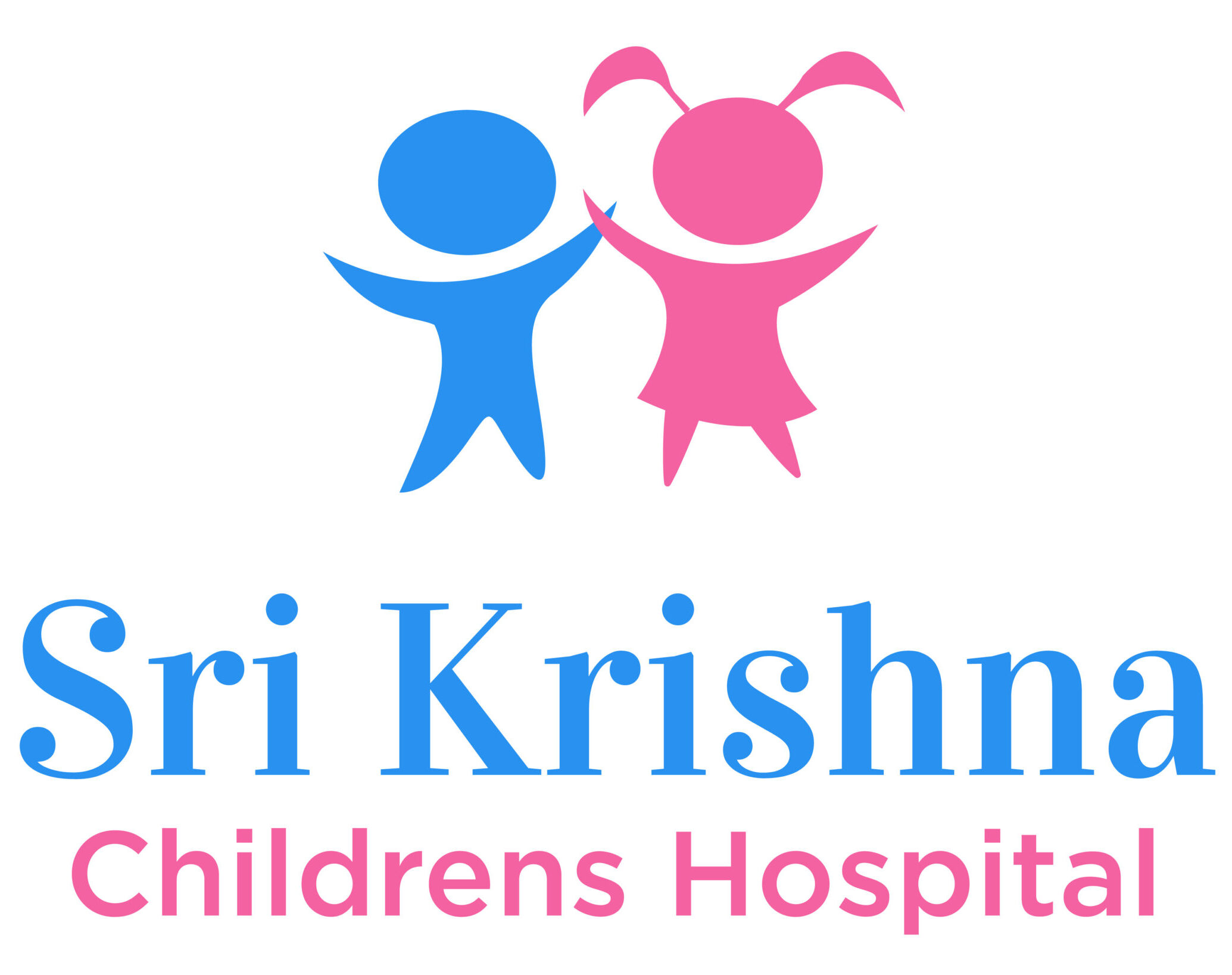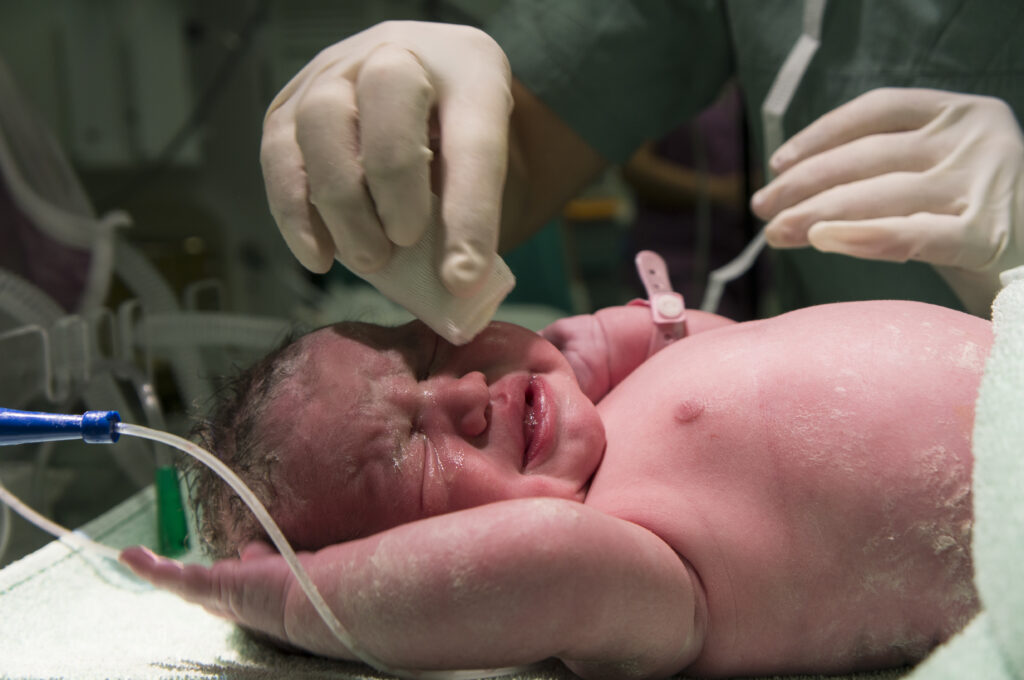Congenital heart defects are problems with the heart’s structure present at birth. These defects are the most common type of birth defect in children. In the United States, about 1 in every 100 babies is born with a congenital heart defect. Early detection and treatment can help children lead healthy lives. This blog will explain what congenital heart defects are, their symptoms, causes, diagnosis, and treatment options. We will also discuss how families can support children with these conditions.
What Are Congenital Heart Defects?
Congenital heart defects are changes in the heart’s structure that develop before birth. These changes can affect how blood flows through the heart and to the rest of the body. Some defects are simple and may not cause problems. However, others can be more serious and need treatment soon after birth. Pediatric heart conditions like these can range from mild to severe. For example, some children may have a small hole in the heart, while others may have more complex issues.
Common Symptoms of Congenital Heart Defects
Many children with congenital heart defects show signs soon after birth. However, some symptoms may appear later. Early recognition of these signs of congenital heart disease is important. Watch for the following symptoms:
Sometimes, symptoms are mild and easy to miss. Therefore, regular check-ups are important for early detection.
Causes and Risk Factors
Doctors do not always know why congenital heart defects happen. However, some factors can increase the risk. These include:
Even with these risk factors, most cases occur without a clear cause. But knowing the risks can help with prevention and early care.
How Congenital Heart Defects Are Diagnosed
Doctors use several tests to find congenital heart defects in children. Early diagnosis can improve outcomes. Common methods include:
Sometimes, doctors find defects before birth using special ultrasounds. In other cases, symptoms lead to testing after birth.
Treatment Options for Congenital Heart Defects
Treatment depends on the type and severity of the defect. Many children with mild defects need only regular check-ups. However, others may need more care. Treatment options include:
With advances in medicine, most children with congenital heart defects can live active lives. The CDC notes that survival rates have improved greatly in recent years.
Living with Congenital Heart Defects: Lifestyle and Support
Many children with congenital heart defects can enjoy normal activities. However, some may need to avoid certain sports or heavy exercise. Families should work closely with their child’s doctor to create a safe plan. Support groups and counseling can help families cope with stress. In addition, regular follow-up visits are important to watch for any changes in health. Schools and caregivers should know about the child’s condition and any special needs.
Prevention and Early Detection
While not all congenital heart defects can be prevented, some steps may lower the risk. For example:
Early detection through newborn screening and regular check-ups can help catch problems sooner. This allows for timely treatment and better outcomes.
In summary, congenital heart defects in children are common but treatable. With early diagnosis and proper care, most children can lead healthy, active lives. Consult a pediatric cardiologist for personalized advice on congenital heart defects.


